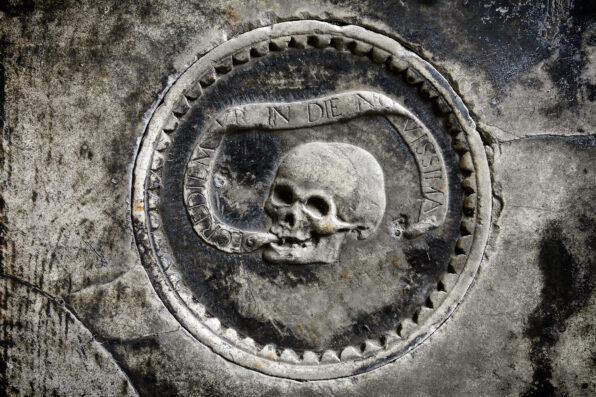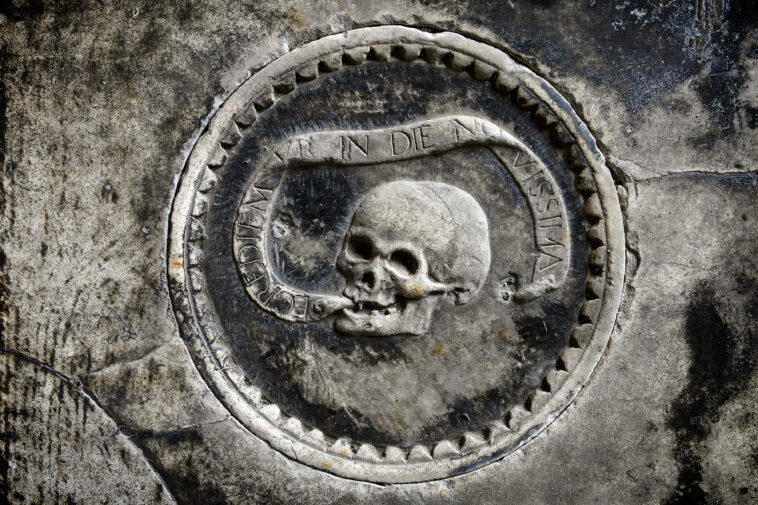During the nineteenth century, medical schools in Baltimore were faced with one big problem: a shortage of dead bodies. So, the schools, most notably the University of Maryland, turned to grave robbing, sending students, doctors, and janitors alike to do the job.
Many freshly buried corpses were dug out of the ground from surrounding cemeteries and wound up on the dissection table. Technically, body snatching was illegal, but the robbers didn’t really face any consequences for their crimes. Here are just a few of the many instances that occurred.
In 1880, one grave robbery made the news, and the case was taken to court. A woman from a wealthy and respectable family named Elizabeth Joiner had a bad dream one night.
Her niece, Jane Smith, had been buried earlier that evening, and as the night wore on, she became convinced that grave robbers had stolen her niece’s body.
So, in the morning, she headed to the cemetery to confirm her suspicions. There, she found the crucifix that Jane had been buried with lying on the newly upturned earth.
A Danish medical student called “Professor Jensen” had been in charge of the expedition. No one admitted to the robbery. But then, an anonymous postcard revealed that “two colored men” had taken Jane’s body to the university’s dissection room.
Jensen, a janitor, and two “colored” assistants in the dissecting room were indicted for the robbery. The school’s medical dean bailed them out of jail.
When John Hopkins medical school opened in 1893, they experienced a shortage of cadavers from the very first day. A janitor, William Hartley, otherwise known as “King Bill,” was appointed to gather a supply of corpses.
Areas that were often pillaged include potter’s fields, which were burial places for the poor and forgotten, and the Bayview Asylum. Unclaimed bodies stored in simple wooden boxes could be found in the woods nearby, and they were easy to grab as no one would miss them.

Sign up for Chip Chick’s newsletter and get stories like this delivered to your inbox.


